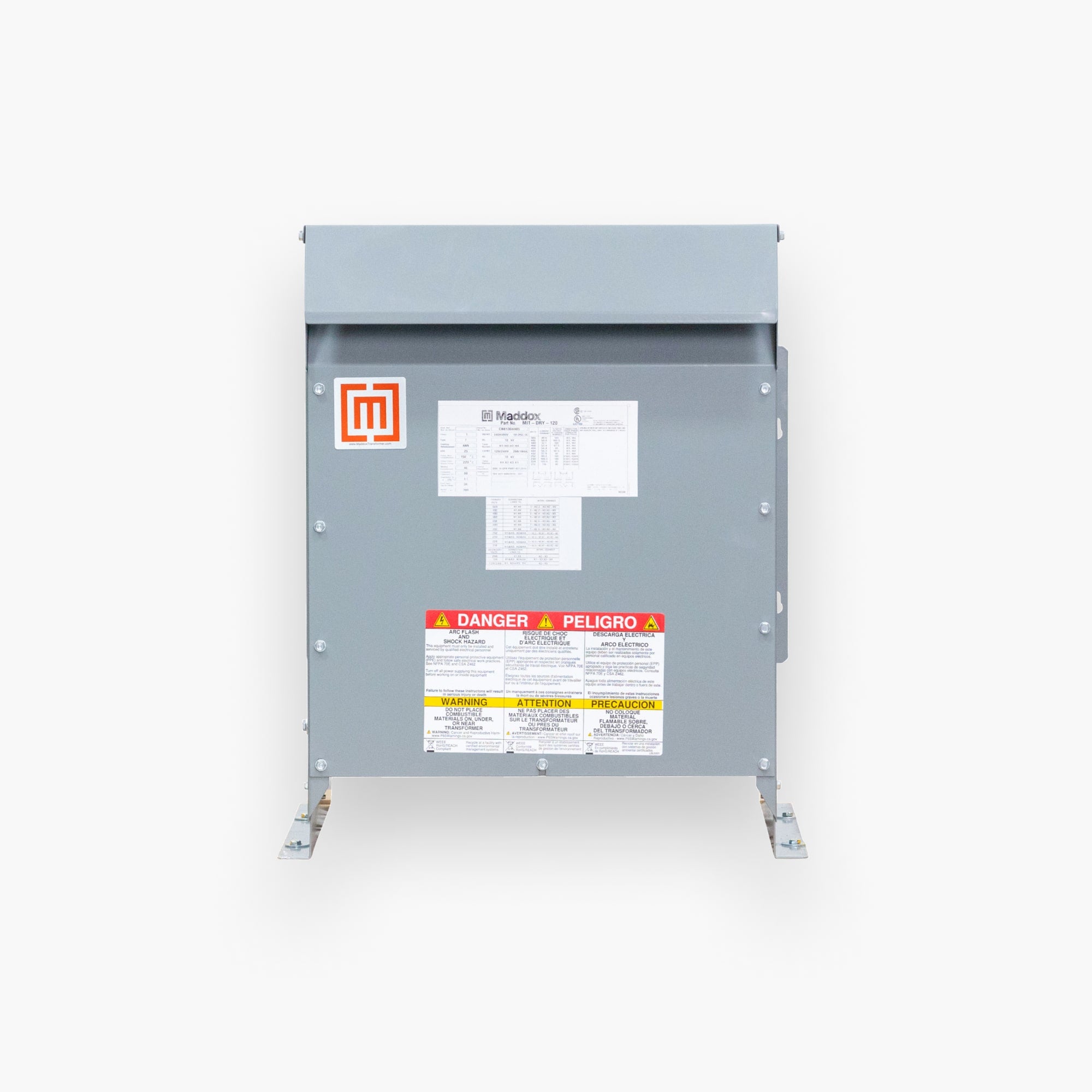CVCPJared
New Member
Ok, so I am trying to get my wire order all sorted out and have some questions regarding wiring size. I will have 5x parallel sets of 16S cells (LF280K) going to a busbar, going to 2x 15kVA Quattros in parallel. What is the wiring sized to? Quattros combined continous is 24kW or ~500a 48v. But peak is 50kW or >1000a 48v. Am I supposed to take the continuous number, spread it across the 5 cables going to the 5 packs (AKA 100a per cable), or do I just assume the full 280a "could" flow across the cable and size to that (i guess if 3 packs were simultaneously disconnected for maintenance)? My cables will probably be around 15-16 feet to the busbar due to CA requiring 3' between batteries and matching cable length.
On that same note, I know I need to not oversize the cables from the busbar to the parallel inverters to increase the resisitance to each inverter, but it's still desirable to oversize from the busbar to batteries correct?
Also, unrelated question but I feel like posting 2 seperate threads is greedy of me being a newbie here lol. The 2 Quattro 15kVA, I plan to run in parallel, 240v 60hz output, into a transformer to get me 2x 120v 100a lines into the main. I had ordered the Victron 100a autotransformer, then recently read only 32a max can be step up or step down, 100a is just the pass-through current allowed (luckily still within the return window). Is there a recommended transformer that others have used for this? I found these online but it's about 10x the size of the Victron and seems possibly commercial/overkill and is $1k more than I was expecting to spend there.

 store.maddoxtransformer.com
store.maddoxtransformer.com
Thanks in advanced for the advice/help, I really appreciate it!
On that same note, I know I need to not oversize the cables from the busbar to the parallel inverters to increase the resisitance to each inverter, but it's still desirable to oversize from the busbar to batteries correct?
Also, unrelated question but I feel like posting 2 seperate threads is greedy of me being a newbie here lol. The 2 Quattro 15kVA, I plan to run in parallel, 240v 60hz output, into a transformer to get me 2x 120v 100a lines into the main. I had ordered the Victron 100a autotransformer, then recently read only 32a max can be step up or step down, 100a is just the pass-through current allowed (luckily still within the return window). Is there a recommended transformer that others have used for this? I found these online but it's about 10x the size of the Victron and seems possibly commercial/overkill and is $1k more than I was expecting to spend there.

1-Phase 240x480 - 120/240
This transformer converts either 240V 1-Phase or 480V 1-Phase to 120/240V. This unit is great for lighting, CNC machines, and other business machines.
Thanks in advanced for the advice/help, I really appreciate it!


